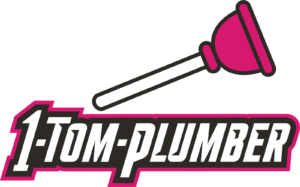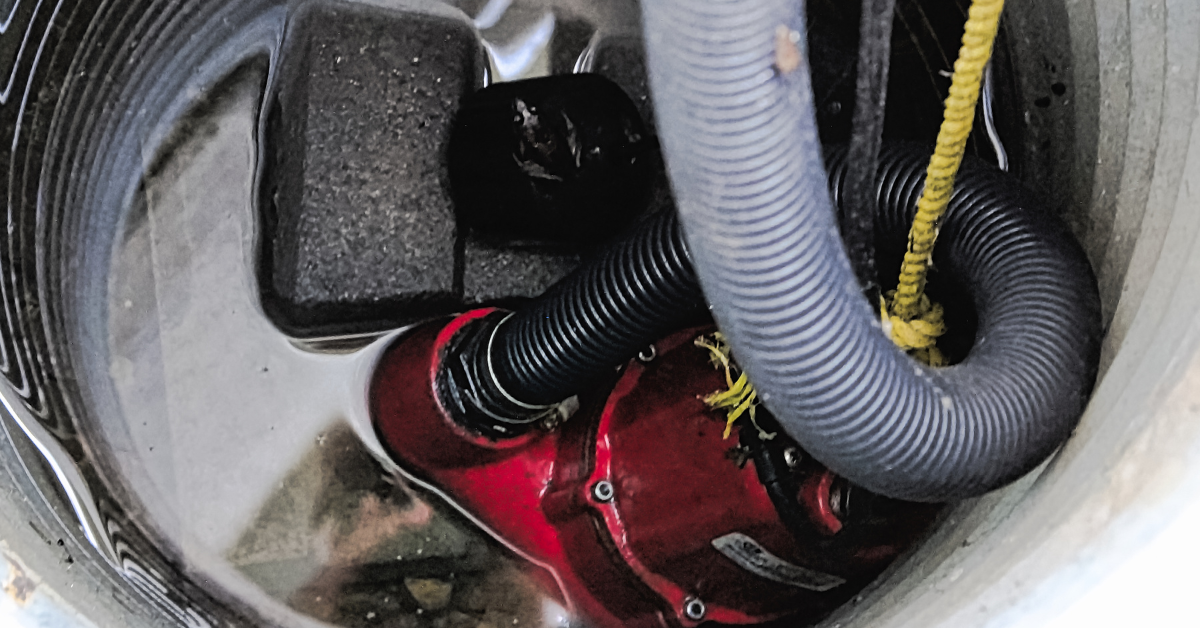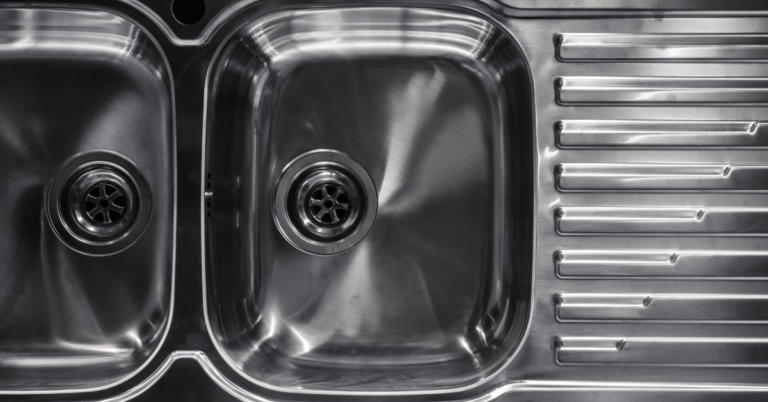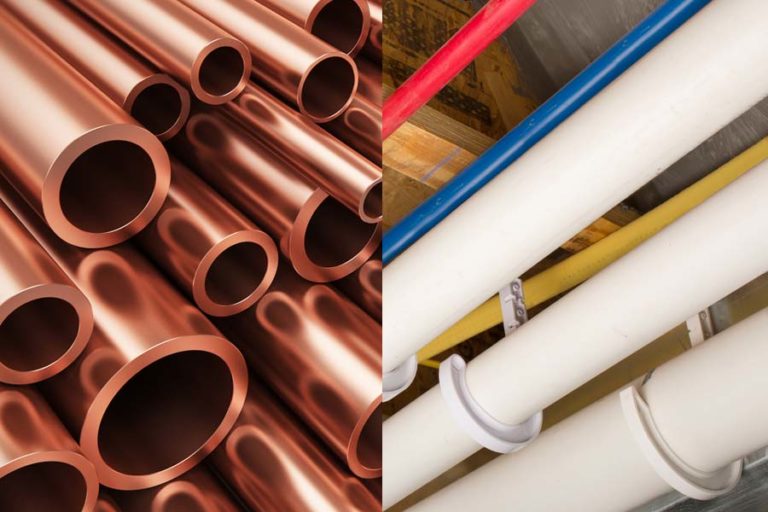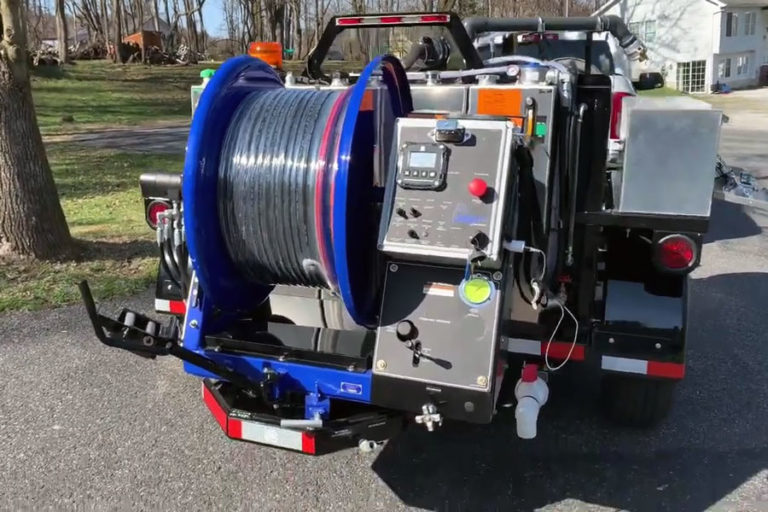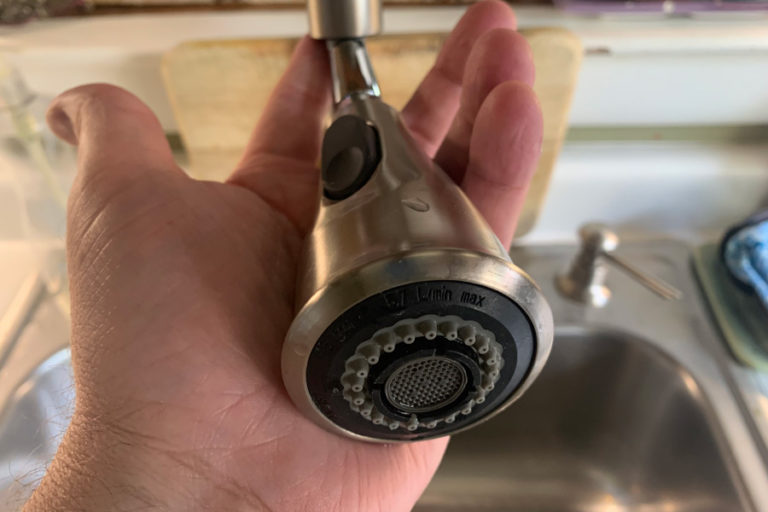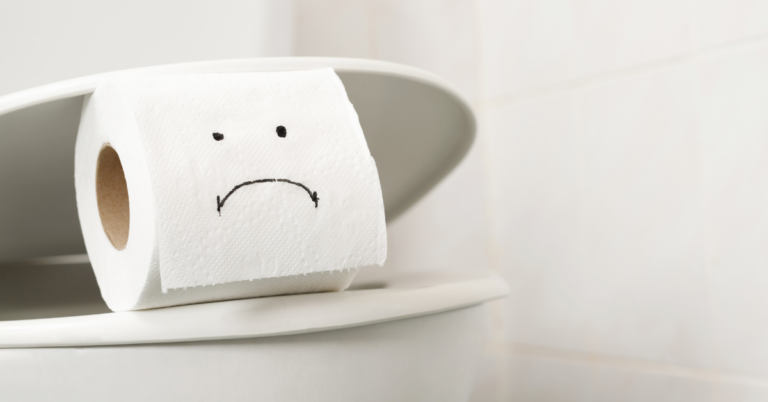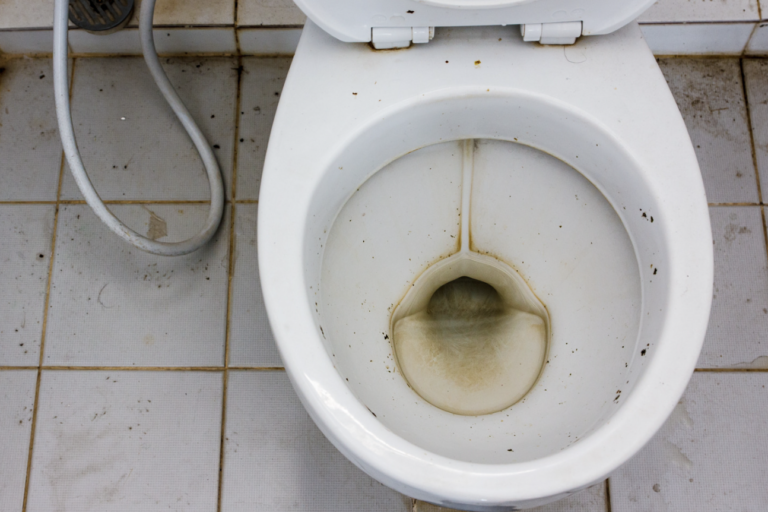Quick Sump Pump Guide: What You Need to Know Before You Buy!
No one seems to know about their sump pump until they’re standing in three inches of water in their basement — that’s why we’ve put together this sump pump guide.
Most people talk about sump pumps after a heavy storm or flood and that’s because sump pumps redirect water away from your home. Read on to learn how exactly a sump pump works and find out if installing one is right for you!
What is a Sump Pump & How Does it Work?
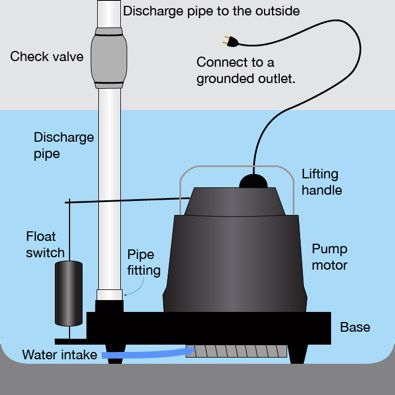
A sump pump is a small pump installed into the lowest part of a basement or crawlspace and is designed to keep your home dry and prevent flooding. When it storms, water saturates the soil around your home. If there is a particularly heavy downpour, the water can accumulate under the foundation of your home and possibly seep into the basement. Excess water and moisture in your home can wreak havoc on your health. That’s when a sump pump comes in and saves the day!
The sump pit, or sump basin, a hole dug specifically for the pump, holds the sump pump and collects water. When the water level in your sump basin gets too high, a float switch triggers to turn the sump pump on so it can begin pumping water out and away from your home’s foundation through a discharge pipe. When the water level drops to a safe level, the switch disengages and turns off the pump.
Types of Sump Pumps: Guide
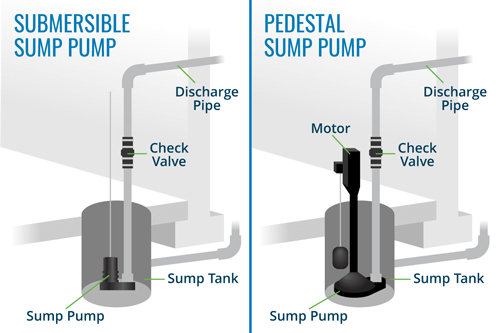
1. Pedestal Pump
A pedestal pump is a sump pump that is sitting out of the sump basin and away from the water. This makes them louder, but less expensive to purchase and repair.
A pedestal pump also has a longer lifespan compared to a submersible-type sump pump. The float switch is on the outside of the pit making it easier to repair.
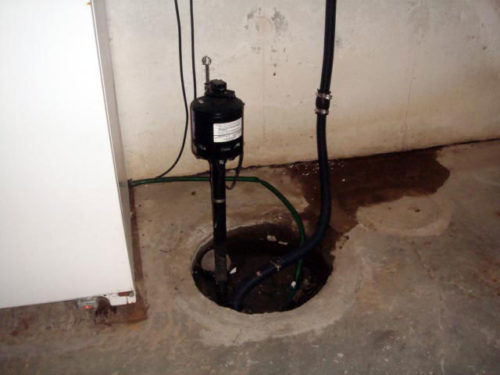
2. Submersible Pump
A submersible pump is a waterproof pump that rests in water inside of the sump pit. The submersible pump can handle greater volumes of water and is built to handle solids or particles. However, it is sometimes more expensive to buy and repair.
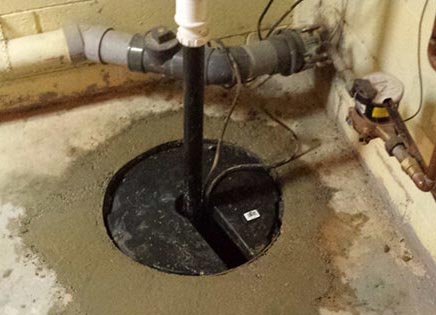
What Size Sump Pump Do I Need?
Choosing a sump pump with the correct amount of horsepower and gallons per minute can actually end up saving you a lot of money.
The horsepower and gallons per minute requirement for a house can be calculated by the area of drainage connected to the sump, the depth to groundwater, and the depth of your basement. Ultimately, it depends on the amount of water your basement or crawl space gets.
How to Choose Horsepower
Sump pumps are sold in increments and the most commonly found are 1/4 hp, 1/3 hp, 1/2 hp, and 3/4 hp.
- For most homes without too many water problems, a 1/3 horsepower sump pump is the standard. It will get the job done.
- For basements with heavier flooding, we recommend a 1/2 horsepower pump which can remove about 3,000 gallons of water per hour.
- If you’re on a budget, a 1/4 horsepower pump will work. But get a professional to help you make this decision. Going too small can cost you a lot more in flooding and water damage down the road.
- If you have a large problem in a large space, go with the biggest 3/4 horsepower option. This will keep nearly every residential situation free of flooding.
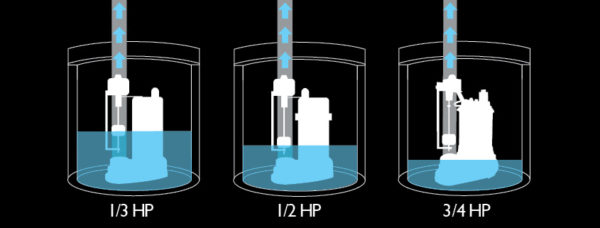
Final Thoughts: Do I Need a Sump Pump?
Although installing a sump pump can be extremely beneficial, not all homes need one. If you’ve never experienced flooding in your home, a sump pump may not be necessary.
Though, if you live in a flat or low-lying area that frequently collects rainwater, a sump pump may be crucial to preventing basement flooding. Has your basement flooded before? If so, it’s likely to happen again if you haven’t made any major renovations such as replacing your old foundation. Installing a sump pump may also offer you some extra “flood insurance” to protect a newly finished basement or storage.
Sump pumps give you peace of mind that no matter what weather you encounter, your basement will be safe and dry.
Related Resources
- How to tell if your sump pump is working
- The sump pump buyer’s guide
- How to minimize flood damage
- What causes basement flooding?
- Emergency plumbing services: frequently asked questions
- Water damage page
Call 1-Tom-Plumber
Don’t hesitate to contact us here or call us at 1-Tom-Plumber (1-866-758-6237) if you have any questions or need a sump pump repair and replacement.
1-Tom-Plumber’s certified team of plumbers and drain technicians respond immediately to any emergency plumbing, drain cleaning, or water damage problem. We also handle the excavation of underground water lines and sewer main lines. Our immediate-response team is available every day and night of the year, even on holidays.
